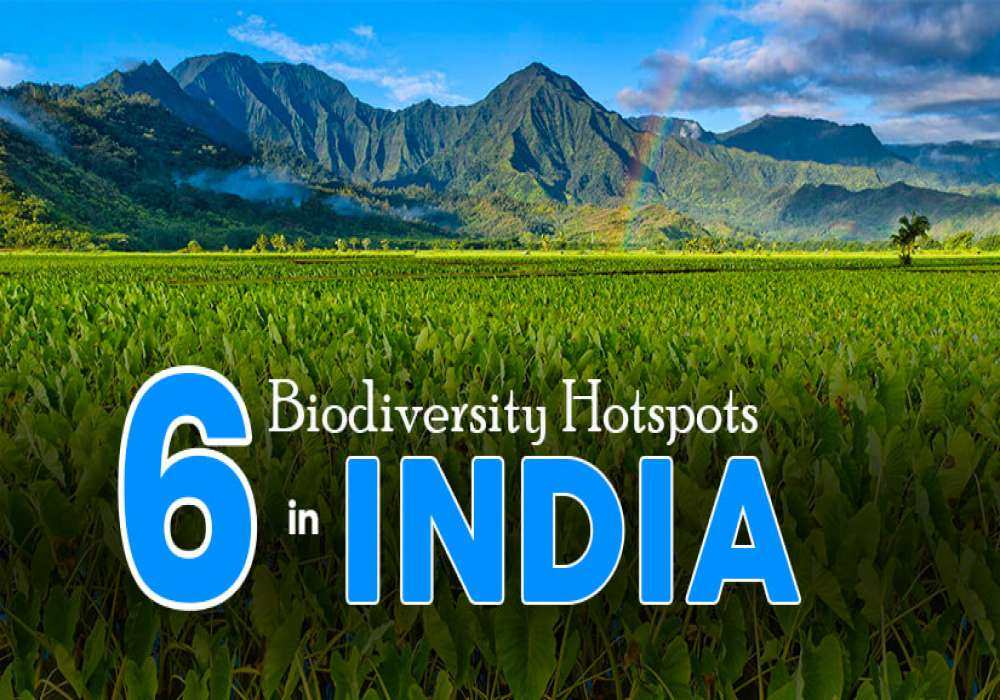
Last Updated At: 23-Feb-2023
6 Biodiversity Hotspots in India - Discover Nature, Adventure & Everything in Between!
Be it culture, languages, cuisines, landscapes, sartorial preferences, or even Biodiversity hotspots in India, exploring diversity in this multi-hued nation is an experiential journey for travelers. With about 36 biologically diverse areas in the world at present, India is home to 4, each one of them boasting unique flora and fauna. However, there are two other regions that need a special mention as these two green areas definitely have a huge role in maintaining ecological harmony in the country. So we have listed below 6 Biodiversity Hotspots in India that not only will fascinate you with extraordinary vegetation and exotic species but will give you major adventure goals. Take a dekko!
List of Biodiversity Hotspots in India
Here's the complete list of nature reserves that will help you get real close to nature. Check out!
- Himalayas
- Western Ghats
- Indo-Burma Region
- Sundaland
- Terai-Duar Savanna
- Sundarbans
1. The Himalayas
The Himalayas | Number 1 of 6 Best Biodiversity Hotspots In India
Right from the northern region from Nepal to Ladakh, Kashmir, and Uttarakhand, stretching to northeastern regions of Darjeeling, Sikkim, Arunachal Pradesh, and extending up to Myanmar, the expansive Himalayas have a strategic geographic location with an exceptionally rich diversity in terms of foliage and animal species. Comprising eight tallest mountains in the world out of ten, the Himalayan biodiversity hotspot has gained popularity in the trekker's circuit owing to enduring trekking opportunities. Brimming with significant pilgrimage shrines, rocky trails, thrilling activities, and incredible vantage points, discovering the Eastern Himalayas is a dream for spiritual seekers, adventure junkies, and holidaymakers from around the world.
Best Time To Visit - If Ladakh is where you want to begin your journey then the best time is around May to September as the region has an extreme chilling cold all year round. You can also consider the months of October to May if you wish to explore places like Kashmir, Uttarakhand, and Himachal Pradesh which are nestled in the lap of the mighty Himalayas.
Things to do - Trekking is one of the top activities for adventure enthusiasts as there are many trekking trails based on the endurance levels of trekkers. River Rafting in Zanskar, Rishikesh, Alaknanda, etc is a thrilling indulgence again for fun-seekers. You can join Mountain Biking expeditions. Camping is yet another fun option. Try local cuisines from highway Dhabas. You can consider visiting monasteries along the great Himalayan region that reflect the beautiful culture of the region.
2. The Western Ghats
Running across the Indian states of Gujarat, Maharashtra, Goa, Karnataka, Tamil Nadu, Kerala, and extending up to Sri Lanka, the Western Ghats are the Great Escarpment of India. It is among the largest Biodiversity regions in India holding outstanding universal value. 39 sites spanning across the Western Ghats together were inscribed in the UNESCO World Heritage list in 2012 as the region boasts a spectacular range of biological diversity is it mammals, reptiles, insects, butterflies, fish fauna, flowering plants, or even crops cultivated in the region. Brimming with stunning and popular hill stations like Mahabaleshwar, Panchgani, Ooty, Coonoor, Wayanad, Coorg, Idukki, Munnar, etc, and wildlife sanctuaries like Bhadra, Begur, Chinnar, Mathikettan Shola National Park, Karnala Bird Sanctuary, etc, the region is enough to give major travel goals to nature lovers, wildlife enthusiasts, thrill-seekers, and photographers.
Best Time To Visit - Tourism begins around the month of October extending up to the monsoon season that falls in June. Ditching the rainy season is ideal as the heavy downpour results in the avalanche and impromptu road closures which hinders the travel system of the region.
Things to do - Trekking, hiking, and cycling are some of the most common indulgences while you can consider visiting the national parks and wildlife reserves in this region to get a world-class jungle safari and bird-watching experience. Also discover enchanting waterfalls, coffee plantations, and spice gardens along with some of the finest temples of India.
Also Read: 10 Best Places To Visit In The Western Ghats
3. The Indo-Burma Region
The Indo-Burma Region | Number 3 of 6 Best Biodiversity Hotspots In India
One of the largest biodiversity hotspots, the Indo-Burma region spreads across the plains around the Gangetic region and river Brahmaputra, the north-eastern region of India excluding the Himalayas, crossing borders to Thailand, Vietnam, and Southern China. Rich and diverse in unique flora and fauna, exotic species of turtles, birds, and reptiles, taking a tour of the region is an experience of a lifetime. Due to poaching, hunting, and illegal wildlife trade, this biodiversity hotspot has now come under legal protection and travelers must make sure that they are not disturbing the ecosystem while grabbing a memorable experience of spotting some of the rare endemic species that are stunning and gorgeous.
Best time to Visit - Consider the months of November to February to explore the biodiversity hotspots falling under this region as the weather is pleasant enough for wildlife safaris and excursions.
Things to do - Trek through the living root bridge in Meghalaya. Enjoy jungle safari in Kaziranga National Park in Assam that is famous for one-horned rhinoceros. Hiking on the blue mountains of Mizoram is truly exhilarating. Skiing at Nathula Pass, kayaking through Sela Lake, witnessing the world’s cleanest village - Mawlynnong, rock climbing, boating, monastery hopping, attending music festivals in the northeastern part of the country are some of the things that will add to your enriching travel experiences.
Also Read: Myristica Swamps In Kerala - An Untouched Biodiversity Hotspot
4. The Sundaland
The Sundaland | Number 4 of 6 Best Biodiversity Hotspots In India
Spanning over the western Indo-Malayan archipelago and extending up to the tectonic plates under the Indian Ocean, a part of Sundaland Biodiversity hotspot in India lies in the Nicobar Island. Boasting a rich and diverse terrestrial and marine ecosystem, the Sundaland is one of the richest biological hotspots in the world. Covered with dense vegetation of tropical mangrove forests, this biodiversity hotspot is home to a large number of marine as well as endemic species of mammals, reptiles, etc including a variety of tropical plants that have high economic value. Right from exotic species of turtles like Olive ridley, Hawksbill, Leatherback to saltwater crocodiles and rare species of snake, keep your camera ready for the best shot.
Best time to Visit - Consider the months of November to the end of April to visit this stunning archipelago which offers one of the best tropical experiences in the country.
Things to do - Since the region is rich in marine reserves, activities like scuba diving, snorkeling, and sea walking are totally worth an experience. Other water activities like kayaking, glass-bottom boat rides, cruising, fishing, jet-skiing, parasailing, etc will also be great indulgences. Witness the reeling past of freedom fight at cellular jail in Port Blair. Island hopping is another common thing to do in Andaman and Nicobar since there are many gorgeous islands to explore.
5. The Terai-duar Savanna
Located on the foothills of the Himalayas, the Terai-duar Savanna is a biodiversity hotspot that stretches across the middle of the Terai belt of Uttarakhand through southern Nepal to the northern part of West Bengal. Popular for the tallest grasslands in the world, the ecoregion is home to an exceptional range of foliage, animal species, and birds that are worth witnessing. Right from the spectacular Valley of Flowers, Roopkund lake to Nandadevi National Park, the region offers some of the most promising vistas and nature’s wonders.
Best Time To Visit - You can consider exploring this ecoregion during the months of September to April depending on the wintry chill you want to experience.
Things to do - Trekking, mountain biking, hiking, cycling are some of the activities that attract adventure enthusiasts from around the globe. Home to many revered pilgrimage shrines, pilgrimage tours are quite common in the region. Activities like camping, rafting, paragliding, jungle walks are also worth indulging in.
6. The Sundarbans
The largest mangrove forest in the world, the Sundarbans is an active delta region spread across the West Bengal region of India to Bangladesh. Also recognized as a World Heritage site, this biodiversity hotspot in India offers a unique opportunity to discover innumerable rare species of flora and fauna that are typical to this region. Right from a large number of Royal Bengal tigers to Gangetic dolphins, species of birds, crocodiles and so many other animals, the ecosystem here supports diversity at its best.
Best Time To Visit - The best time to visit Sundarbans is anytime between October to March and then between April to July.
Things to do - One of the top attractions of Sundarbans is the wildlife safari which is of a lifetime experience. With many villages in close proximity, village tours are highly recommended to delve into the cultural diversity of the region, home to rivulets and other water bodies, fishing is a great idea. You can also consider bird watching if that fascinates you.
If you are planning to explore these nature hotspots along with adventure activities, do get in touch with us because we not only offer the cheapest flight tickets, hotels, tour packages, or bus services but also help you get a hassle-free travel experience. With us, nothing is far!
Frequently Asked Questions About Biodiversity Hotspots In India
Q1. What is a biodiversity hotspot?
Ans - The most biologically rich and diverse, yet threatened terrestrial regions on the planet are termed biodiversity hotspots. The term was first coined by Norman Myers in 1988 when he recognized 10 tropical forests as biodiversity hotspots on the basis of extraordinary endemic species of flora and fauna present in the region.
Q2. How many biodiversity hotspots are there in India?
Ans - Officially, there are 4 but looking at the contribution to maintaining the ecosystem, we have listed 6 Biodiversity Hotspots in India that are the dream destinations for nature lovers.
- Himalayas
- Western Ghats
- Indo-Burma Region
- Sundaland
- Terai-Duar Savanna
- Sundarbans
Q3. How many biodiversity hotspots are there in the world?
Ans - At present, there are 36 regions that qualify the title as biodiversity hotspots in the world for the incredible endemism they offer.
Q4. How many hotspots in india?
Ans. India has 4 major biodiversity hotspots. These are The Himalayans, The Western Ghats, The Indo-Burma Region, and The Sundaland.
--- Published By Shradha Mehra
Latest Blogs
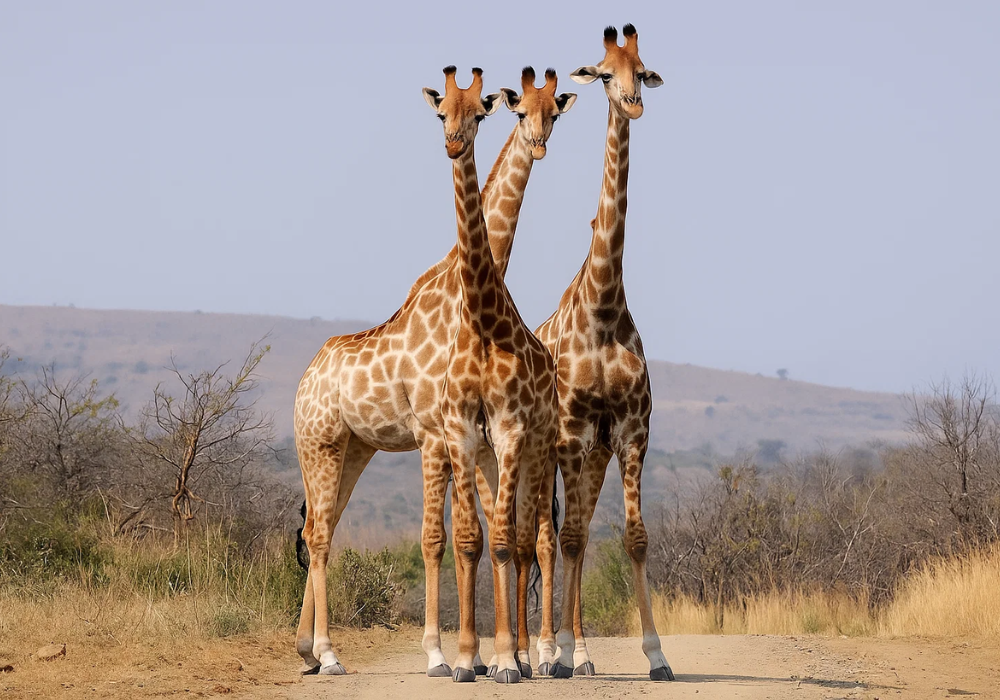
Cash in the Wild: My Safari Adventure Across Kenya with Only...

One Day Picnic Spot Near Pune - Adventure, Trekking and Natu...

One Day Picnic Spots Near Mumbai - Monsoon, Adventure, Beach...
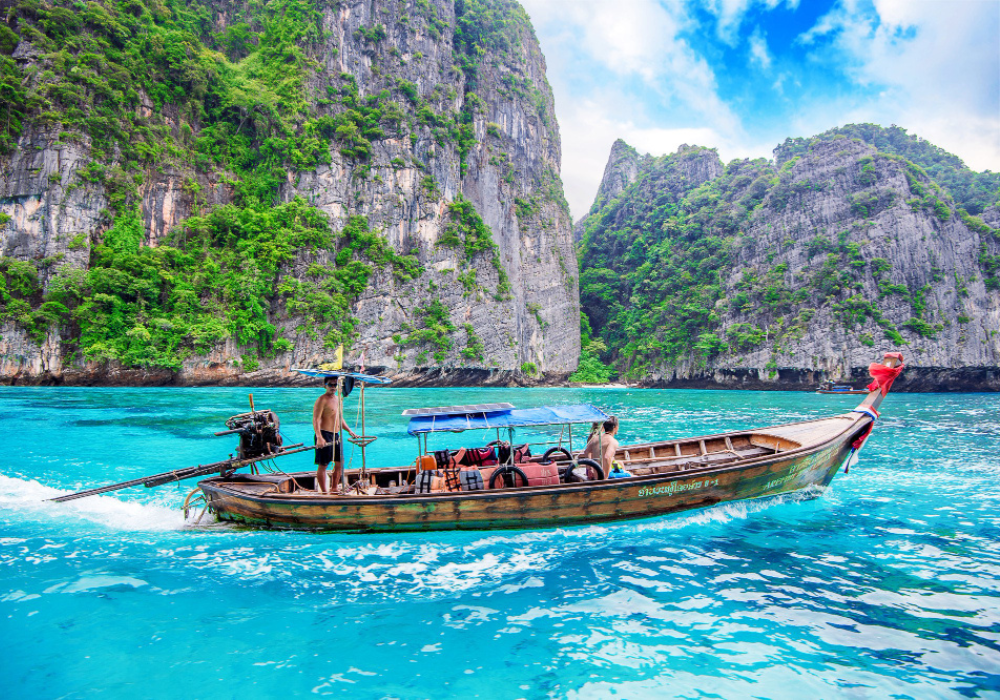
The Best Places to Go in Thailand in 2025
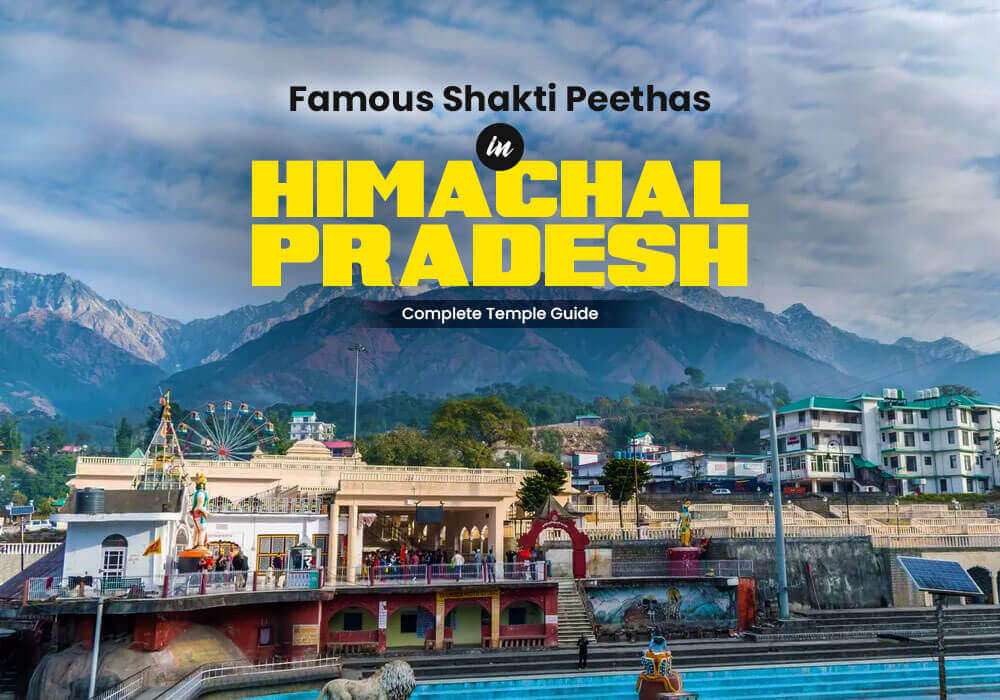








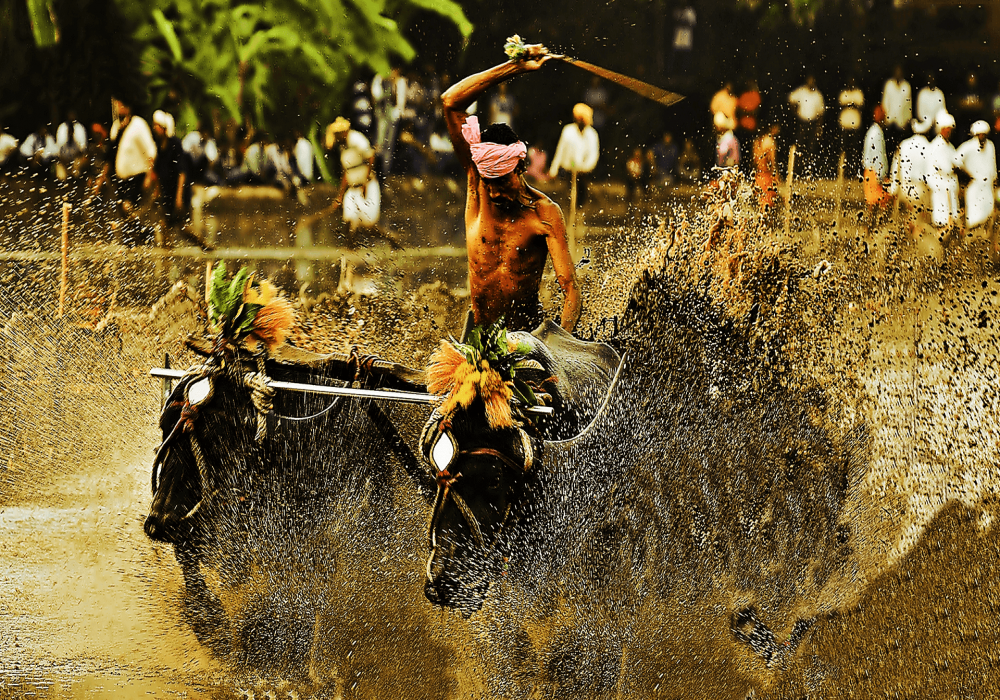
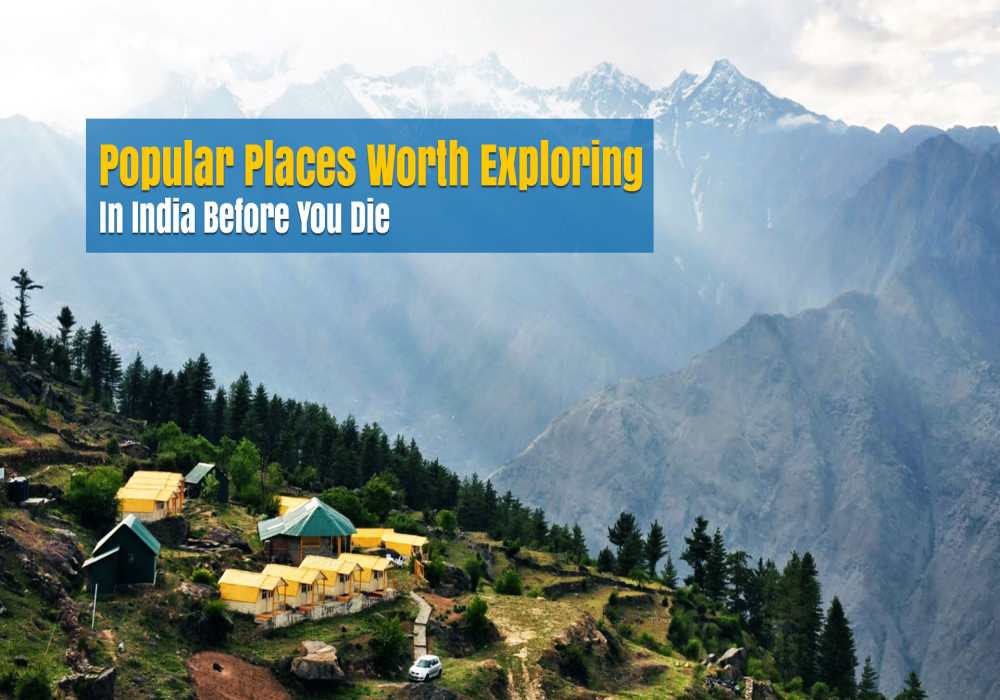
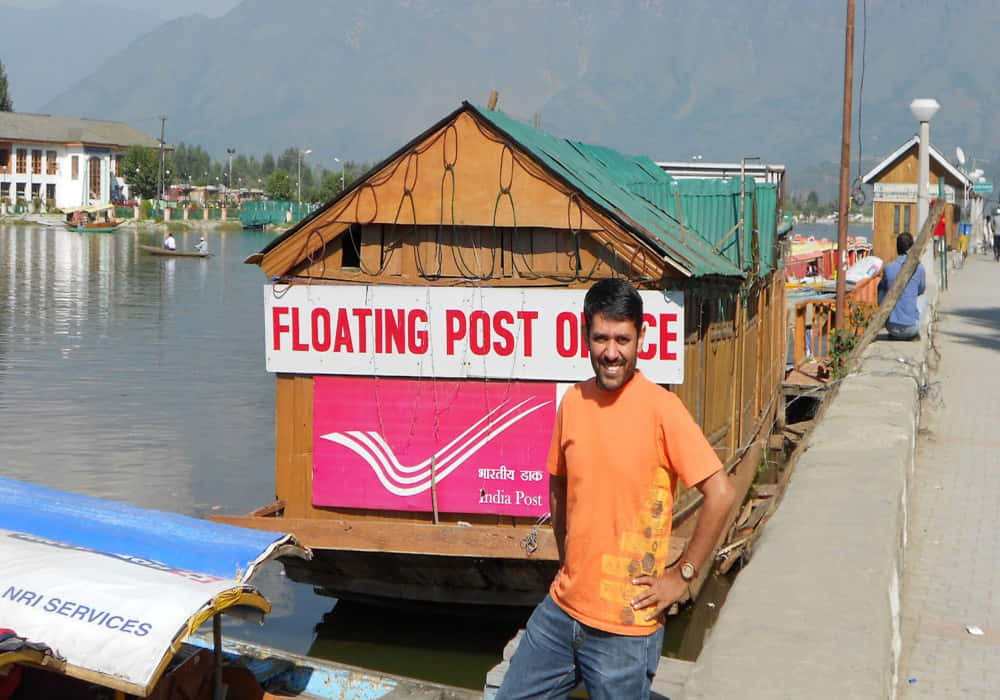
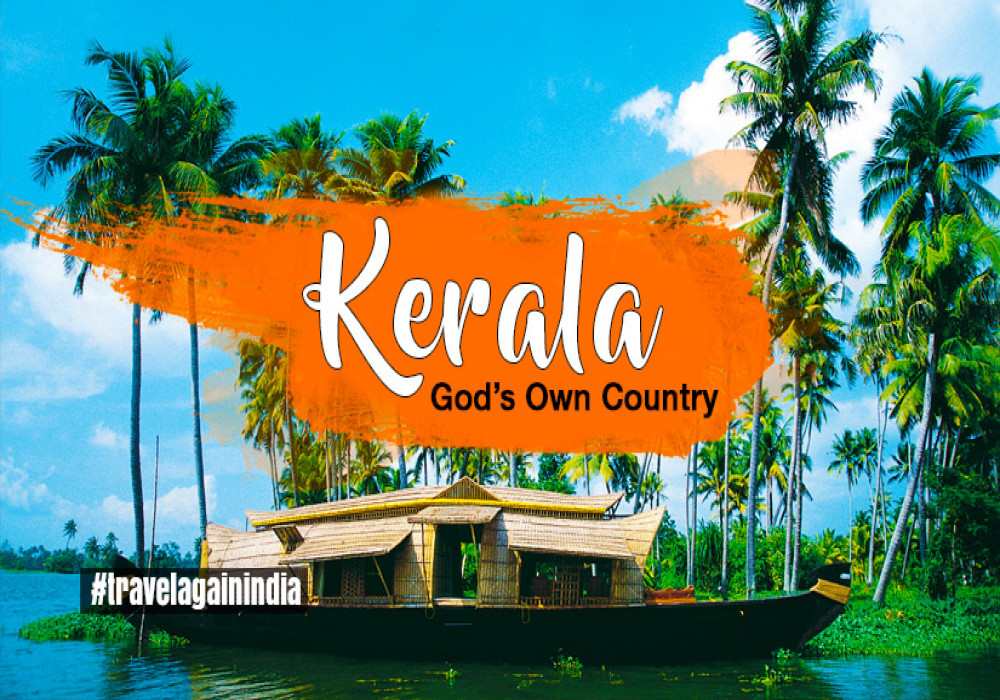
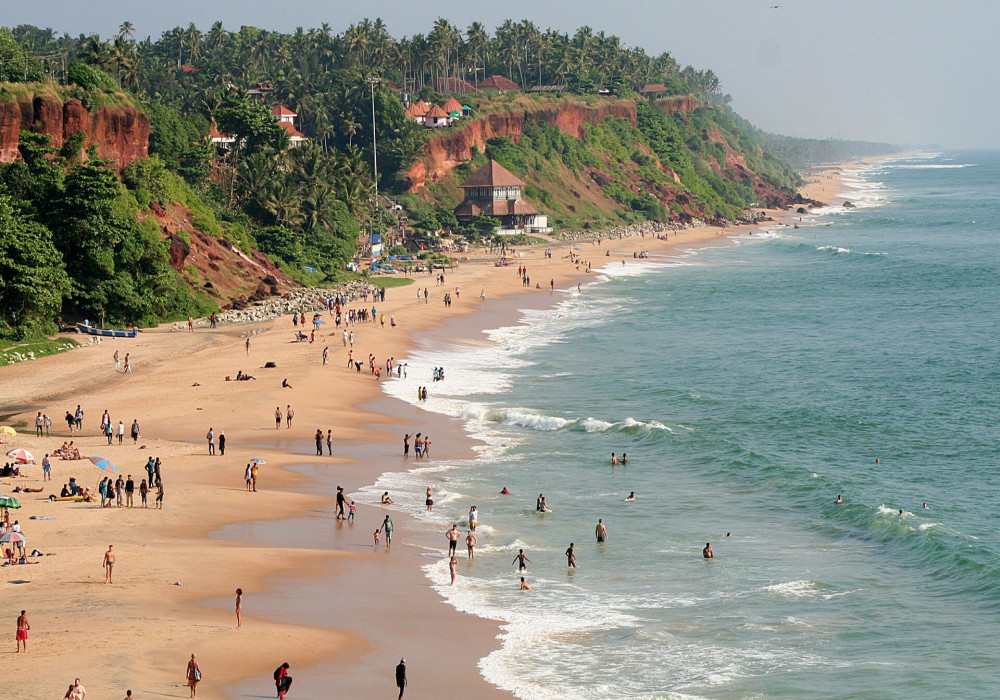
 Dubai
Dubai Malaysia
Malaysia USA
USA





